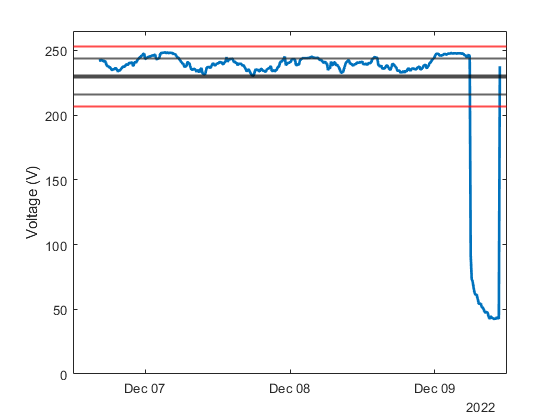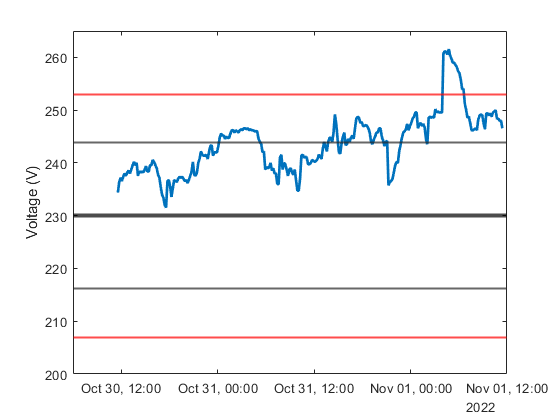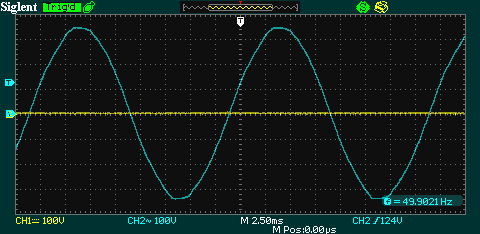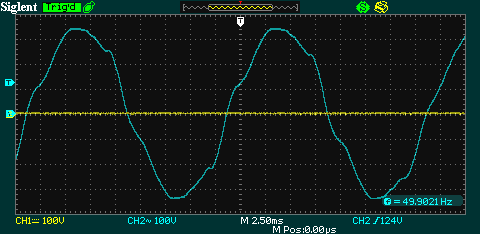For those unfamiliar, Ahuroa is a rural area about an hour's drive north of Auckland.
As an electrical/electronic engineer living in Ahuroa, it was perhaps inevitable I'd eventually end up writing about our power reliability, or lack thereof. Locals will know exactly what I mean.
Let me first say this: I am sharing this data in case it is helpful, even though it doesn't really matter to me. I actually enjoy power outages way too much: being an electrical/electronic engineer, anything out of the normal is interesting, and having invested in preparing for outages, I can't help but cackle gleefully a bit when the grid goes down. But I do sympathise with everyone else, who are just trying to live their lives, and are completely interrupted when the power goes off. Please let me know if you use this data for a purpose such as making complaints (I haven't).
For the record: Ahuroa is in Vector's northern distribution network area, on the Warkworth K10 feeder. Annecdotally, Puhoi (a neighbouring area, supplied from different feeders) actually has worse problems.
2022 was a fairly big year for power outages in Ahuroa. My UPS (Uninterruptible Power Supply) systems record outages and I have compiled the following list of significant outages from the year.
That makes the total outage time in 2022 roughly 57.6 hours. There are 24*365 = 8760 hours in a year, so let's calculate the total reliability: (8760-57.6)/8760 = 99.34%. That's compared to the 99.9% plus which is claimed for urban areas.
What this list doesn't include is all the small interruptions that are between 1 second and about a minute long - I don't log these but there are many. We get these small interruptions routinely during stormy conditions, and there are probably hundreds in a year. While these small interruptions seem more like inconveniences than a big problem, they result in appliances resetting/rebooting, which can cause damage or data loss. I certainly feel for anyone who is trying to use a desktop PC in Ahuroa, without some form of power backup (e.g. a UPS) - you'd freak out and save your files every time the wind picked up. Most commonly these issues are between 1 and 10 seconds long, but sometimes up to a minute or so. They occur, to my knowledge, because of trees or other conductive objects (possums?) touching live wires and tripping the automated circuit breakers in the lines, which auto-reclose a few seconds later. If they trip too many times in a row, the power stays off and we get one of the longer outages described above.
You might wonder what these frequent, small outages do to home appliances. Any disruption over about 0.02 seconds is likely to reset some devices. It depends on the exact device and its design. You will notice in a power outage that your lights tend to go out a few fractions of a second before things like TVs and computer screens go off - some devices have a tolerance for brief interruptions. But it's usually not for long. Most things that don't have internal batteries won't survive a 1 second outage. In the past, basic devices like incandescent lighting and heating elements wouldn't really care about this. But nowadays, all the TVs, dishwashers, fridges, computers, smart home systems, etc. will get wiped out by most of these short outages, and they'll have to recover when the power comes back on. This usually won't damage anything, but data loss can occur on computers etc. and there is one situation I know of which can hurt some fridges/freezers. When a fridge's compressor stops and restarts a few seconds later due to a short outage, the built up pressure in the refrigerant will likely stall the compressor, so it draws a large current and trips the fridge's internal protection for a few minutes. Eventually, it will click and restart if the power is on. For this reason I suspect these short outages are quite hard on older/simpler fridges that use basic compressors. More modern 'inverter' fridges/freezers will have electronic controls that can deal with this problem more appropriately.
The second to last outage in my list above was an interesting one because the power did not entirely go off, instead the voltage dropped from our normal 230V to 70V, and then slid down to 40V over the course of the outage. Here's a graph from my UPSs' datalogging, which records voltage in 10 minute intervals. You can clearly see the outage on the right of the graph.

For this reason, many people (annecdotally) reported weird results on that occasion, such as dim, flickering lights and appliances half operating and behaving inconsistently. This may have the potential to damage some devices depending on their design. I didn't, annecdotally, see or hear of any reports of this happening though. I'm quite curious about what caused this problem, but lines companies usually don't explain themselves.
Also, on the 1st of November we had another event that most people wouldn't have even noticed: our line voltage went up to just over 260V at 4AM in the morning. It stayed that way for over 2 hours.

Again, most devices will probably handle this OK, but it's well outside of the 230V±6% that we are supposed to get (shown by the grey lines on my graphs) and even 230V±10%, shown by the red lines. What comes to mind for me is that things like heating elements in hot water systems may suffer. By some basic electrical maths, a 3kW hot water system designed for 230V will run at 3.8kW at 260V. This may cause problems in some systems. In the case of hot water, the thermostat will keep the water temperature about right, but the heating element itself may suffer while it is on because it is not designed for that much power.
Not only do the above graphs show substantial over- and under-voltages, they also show that we generally receive a fairly high voltage, that routinely exceeds the +6% limit. This latter point is of no actual concern to me, as I cannot imagine any situation or device for which it would be a problem, but seeing such graphs will be an eye-opener for anyone who thinks we get 230V consistently all the time.
There is also another issue occuring, and another which most people will be unaware of. For those not in the know, our AC mains power is supposed to be a smooth sine wave shape. The image below shows a passable example:

However, intermittently, for a few seconds at a time, usually between 7AM and 8AM in the morning, we get some interesting distortions. I became aware of this through my UPS systems and eventually managed to capture an occurance on my oscilloscope.

This is not even a good example - I've seen more outrageous waveforms than the above, but it's hard to capture these things when they only occur very briefly. I'm not sure what's causing it or how widespread it is. It occurs for too long to simply be a motor startup load or something like that, but I'm not sure what else could create such a noticeable but temporary distortion on the grid. If anybody recognises the waveform distortions and knows what it might be, let me know. I don't think it's much of a problem though so I'm not too worried about it, but it's interesting nonetheless.
Utility companies like Vector do not generally have monitoring or data logging on residential low voltage networks at the moment. They will probably be aware that these types of issues can occur in their networks, but won't have data on the specifics of what is occuring in a given network. The data presented here only shows the picture for one particular location, but parts of it will be applicable to the wider area. I don't see how the under- and over-voltage events I've seen could be created locally, so they most likely affected a number of nearby areas. I also know that the majority of the outages were more widespread than just Ahuroa, from seeing Vector's outage maps on those occasions.
None yet!
Display Name
Email (optional, not displayed)
Website (optional, displayed, include "https://")
Comment (up to 1000 characters)